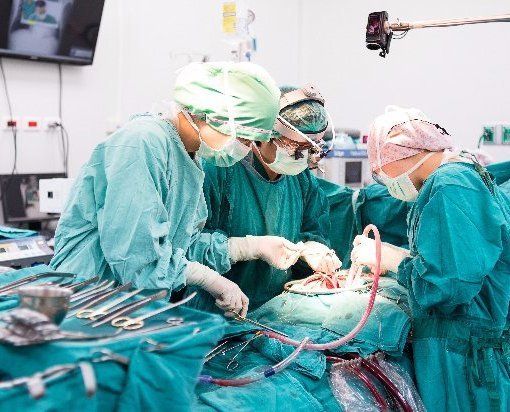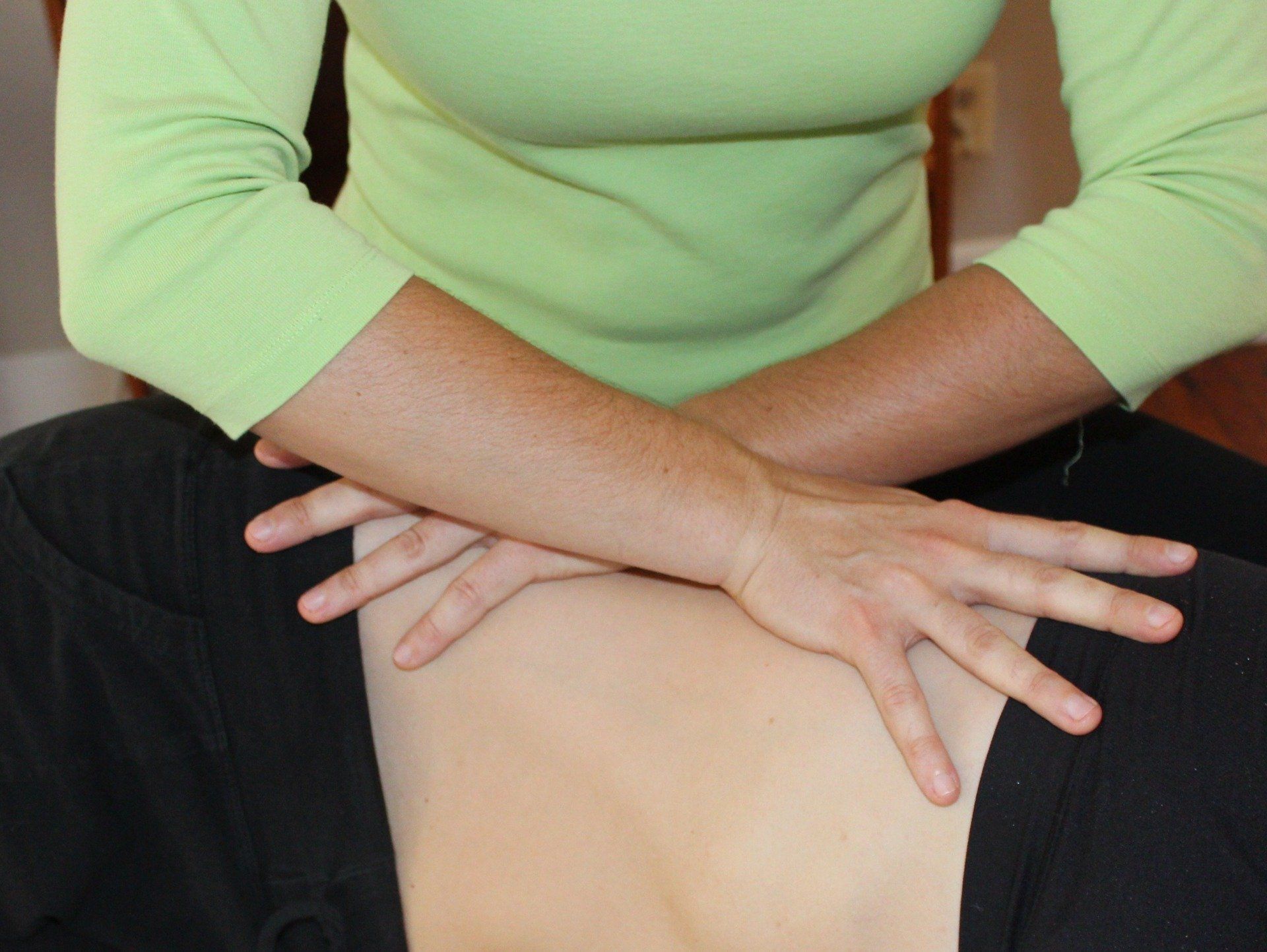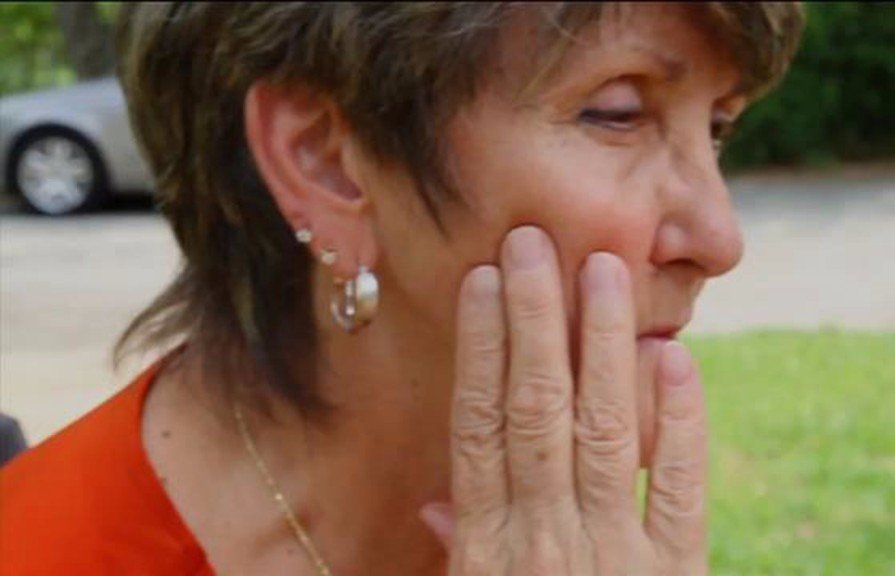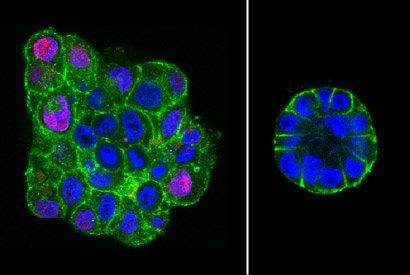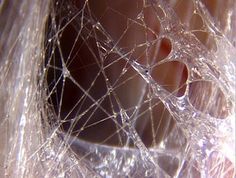Fibromyalgia? Fear not! Myofascial release can help
"MFR is by far the most effective treatment I have found to unstick the fascia and reduce fibromyalgia pain" ~ Ginerva Liptan, MD
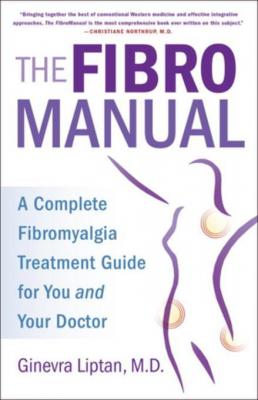
Aches and pains, physical weakness, poor sleep and fatigue, foggy mind, stress and anxiety … In her new book The Fibro Manual, Dr. Liptan shows how all these symptoms are linked together as part of our body’s response to stress. She explains how the fascia is the missing link in this condition … and how MFR can be a way out of the pain.
.........
It begins with our brain’s normal mechanism for dealing with stress, called the fight-flight-freeze response. In the face of any perceived danger … whether it’s a saber-toothed tiger, an auto accident, or conflict with a co-worker, our brains rev us up to fight or run away … or if neither option is possible, freeze until the danger passes. In this state of vigilance, deep, restful sleep is impossible. We tighten up, braced for whatever action the danger may require us to make. And when we tighten up, our fascia tightens up, ready to spring into action .
If all goes well, we discharge this excess energy as we navigate the danger, and our system relaxes and returns to normal after the danger passes. But sometimes, for reasons beyond our conscious control, our bodies stay stuck in the danger-response and we may not even realize it. After all, these days, stress has become the norm! So the spring stays chronically coiled. Our bodies and brains can’t quite relax. We can’t really rest, and our bodies are robbed of the essential time they need to repair and rejuvenate. Our fascia is not given the time to heal, and poor sleep contributes to foggy-thinking and lack of energy.
It becomes a downward spiral . Our fascia not only stays tight, it may continue to tighten since there is no reprieve in the unconscious signals coming from the brain. Fascial restrictions don’t discriminate, and can even affect our digestive system, possibly contributing to leaky-gut or irritable bowel syndrome. Tight fascia can put extra pressure of 2000 pounds per square inch on sensitive nerves and blood vessels , causing pain and tension throughout our bodies. Inflammation can occur. Over time, the pain and stiffness caused by our fascial restrictions can become unbearable, and even lead to a diagnosis of fibromyalgia.
.........
The good news is that these issues can be addressed with John Barnes’ Myofascial Release Approach and cranial work. In her book, Dr. Liptan presents scientific research which supports the effectiveness of Myofascial Release for reducing fibromyalgia pain. She also discusses in detail how these approaches were instrumental in her own healing from fibromyalgia. Both as a physician and a patient, she believes the fascia is the missing link in the successful management of this condition. She states,
"MFR is by far the most effective treatment I have found to unstick the fascia and reduce fibromyalgia pain. When I stumbled across it after being diagnosed, I saw a huge improvement in my pain levels, particularly in my back, neck ,and jaw. I also noted changes in the way my body felt: my tissues finally started to relax. For days after treatment, I slept deeper and woke up feeling less tight. Looking back on it from a medical perspective, the therapy was reducing the flight-or-flight nervous system influence so my tissues could unlock.
"
You don’t need to have a diagnosis of fibromyalgia to start healing … if you are experiencing any of the symptoms associated with fibromyalgia including body aches and pains, general weakness or fatigue, poor/unrestful sleep, “brain fog,” stress and anxiety, or “leaky gut syndrome,” MFR can help you now. MFR and cranial work help the body return to its natural, fluid and relaxed state, freeing the restrictions that contribute to our pain and distress. Your body can be yours again!


